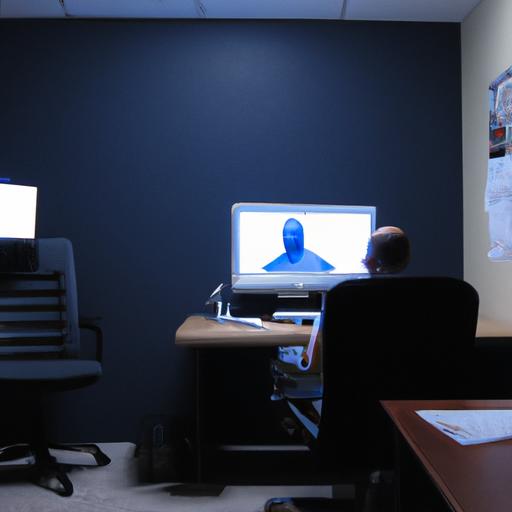Introduction
In today’s digital age, the use of multiple screens for work and entertainment has become increasingly popular. One innovative trend that has emerged is the utilization of a TV as a second monitor. This creative setup offers a multitude of benefits, from expanding your screen real estate for enhanced productivity to enjoying a more immersive multimedia experience. In this article, we will explore the process of setting up a TV as a second monitor and provide valuable tips to optimize your viewing experience.
How to Set Up a TV as a Second Monitor
Setting up a TV as a second monitor may seem like a daunting task, but with the right guidance, it can be a seamless process. Follow these steps to ensure a successful setup:
1. Check compatibility and connections
Before diving into the setup, it is crucial to ensure that your TV and computer are compatible. Check if your TV has the necessary input ports, such as HDMI or VGA, to connect to your computer. Additionally, verify the graphics card capabilities of your computer to determine the maximum resolution supported.
2. Adjust display settings on the computer
To utilize the TV as a second monitor effectively, you need to make adjustments in the display settings of your computer. This includes selecting the appropriate resolution and configuring the display mode to extend the desktop.
3. Configure TV settings
To optimize your viewing experience, it is essential to configure the settings on your TAdjustments to brightness, contrast, and color settings can significantly enhance the visual quality. Additionally, ensure that the TV is set to the correct input source.
4. Connect TV and computer using appropriate cables
Connect your TV and computer using the appropriate cables, such as HDMI or VGA, based on the available ports. Ensure a secure connection and make any necessary adjustments in the display settings to align the TV with your computer’s monitor layout.
Optimizing TV as a Second Monitor for Productivity
Once you have successfully set up your TV as a second monitor, it’s time to maximize its potential for productivity. Consider the following tips:
1. Adjusting resolution and display settings for optimal viewing
To avoid eye strain and ensure a comfortable viewing experience, adjust the resolution and display settings on both your computer and TExperiment with different settings to find the perfect balance between clarity and readability.
2. Organizing windows and multitasking effectively
With the expanded screen real estate, take advantage of features like extended desktop mode to organize your windows and multitask efficiently. Dragging windows between monitors allows for seamless transitions, making it easier to work on multiple tasks simultaneously.
3. Utilizing extended desktop mode for enhanced productivity
Extended desktop mode expands your workspace, providing the freedom to have different applications and documents open on each screen. This setup enables you to reference information across screens without constantly switching tabs, boosting your productivity and workflow.
Tips for Enhancing the TV as a Second Monitor Experience
Enhancing your TV as a second monitor experience goes beyond the initial setup. Consider the following tips for an optimal viewing and audio experience:
1. Choosing the right TV size and positioning
When selecting a TV for use as a second monitor, consider factors such as screen size and resolution. Opt for a larger screen size to fully immerse yourself in the content. Position the TV at an appropriate distance and angle to prevent strain on your neck and eyes.
2. Adjusting brightness, contrast, and color settings
To achieve the best visual quality, take the time to adjust the brightness, contrast, and color settings of your TThis ensures vibrant colors, sharp images, and an overall enjoyable viewing experience.
3. Considering audio options and settings for a better sound experience
While TVs generally offer built-in speakers, the sound quality may not always meet your expectations. Consider connecting external speakers or a soundbar to enhance the audio experience. Adjust the audio settings on your TV to optimize sound clarity and balance.
4. Using wireless options for convenience and flexibility
If your TV and computer support wireless connectivity, consider utilizing wireless options such as Miracast or Chromecast. These solutions provide convenience and flexibility, eliminating the need for cables and allowing for seamless screen sharing.
In conclusion, setting up a TV as a second monitor can significantly enhance both productivity and enjoyment. By following the steps outlined in this article, you can optimize your viewing experience and make the most of your dual-screen setup. Whether you’re working on demanding tasks or simply indulging in multimedia content, using a TV as a second monitor opens up a world of possibilities. So go ahead, embrace the power of dual screens, and elevate your digital experience.
For more insightful articles on technology and lifestyle, visit shigasnigrani.com.
